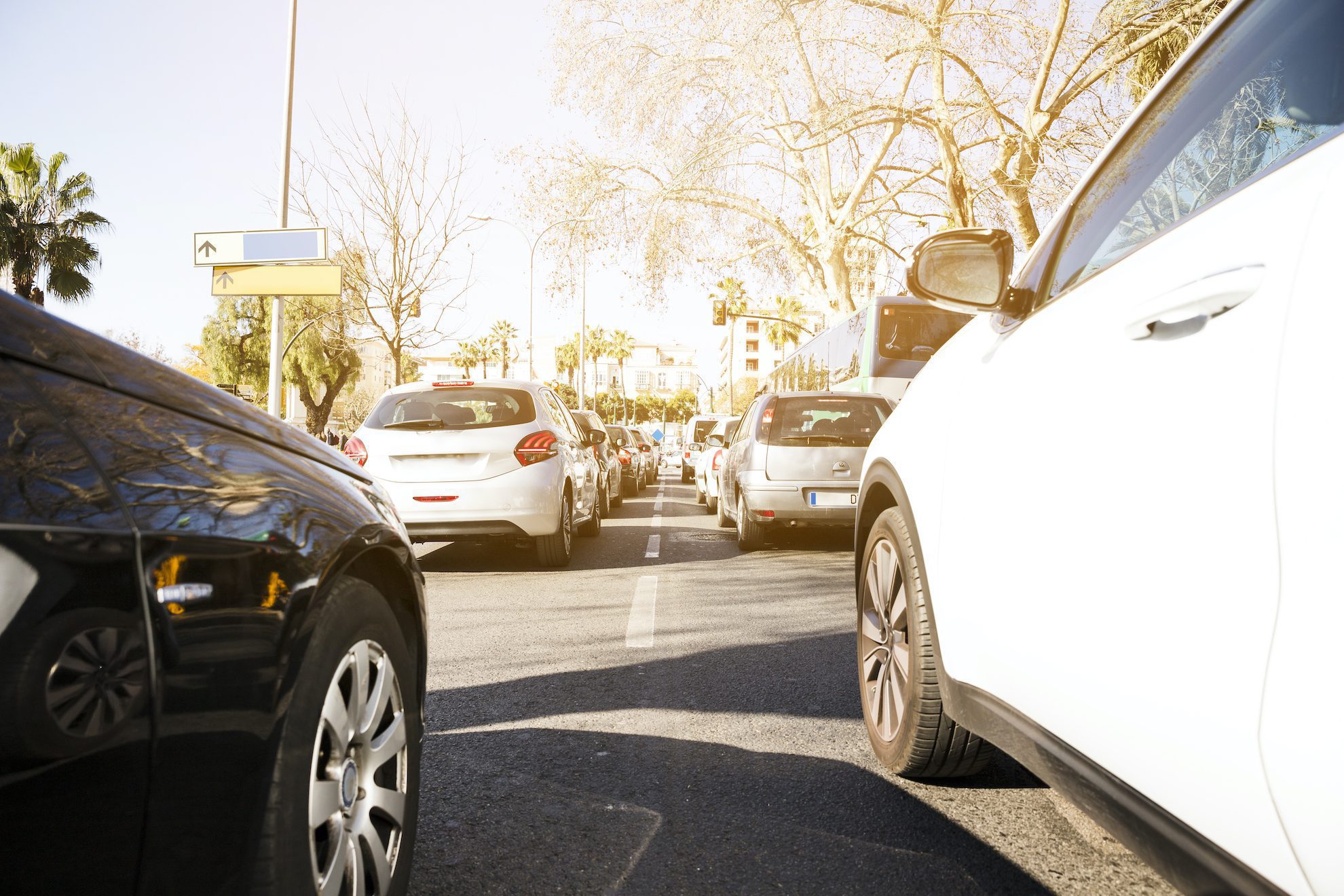According to scientists, we, as humans, are destroying our world. By living our lives, we are destroying the earth, but by halting climate change, we can restore it. Understanding our daily carbon footprint and what we can do to reduce it gives us the power to stop climate change.
To begin, we must recognize that not all carbon is created equal. We need to understand green and fossil carbon to see our power to stop climate change. Green carbon is from the carbon cycle, living things, and our climate. It cannot contribute to climate change because it is already a component of our thermostat.
Climate change is caused by fossil carbon. We can reverse climate change if we stop releasing fossil carbon. We can cut 28 percent of our total fossil carbon emissions by making minor changes to our daily transportation activities.

Have you ever thought about setting up a carpool with your friends and coworkers to eliminate at least one extra car during rush hour to lessen your carbon footprint and relieve traffic? We all know what it is like to be stuck in traffic and how frustrating it sometimes gets. But there is a way to stop this; Carpool! If enough people carpool, we would reduce our commute times and carbon emissions in fighting global warming.
Studies have shown that carpooling can reduce greenhouse gas emissions and save fuel for both users and non-users by lessening traffic congestion for general use. In addition to pulling nature out of carbon debts, some of the social, environmental, and behavioral benefits of carpooling include reduced energy consumption and emissions, shared travel costs, reduced parking infrastructure demand, congestion mitigation, and travel time savings from high occupancy vehicle lanes.
Carpooling is a strategy that can reduce congestion, emissions, and reliance on fossil fuels. Carpooling is a simple form of ridesharing that is frequently used to alleviate traffic congestion and parking demand. To mitigate climate change, it is essential to strategize how to deal with the urbanization trend in many major cities.
Carpooling is worth considering as a potential remedy. Using a single privately owned vehicle to transport multiple persons on the same trip is known as carpooling. These actions contribute to greater energy efficiency, lower pollution levels, and even fewer vehicles on the road.
Carpooling has been shown in numerous studies to lower carbon dioxide emissions. Did you know that the typical passenger car uses 550 gallons of gas per year and emits 10,000 lbs. of carbon dioxide, 80 lbs. of hydrocarbons, 606 lbs. of carbon monoxide, and 41 lbs. of nitric oxides? The average household uses 1,143 gallons of petrol a year, and it’s predicted that in the next thirty years, the number of cars and trucks on already congested roadways will double!
How is sustainability ensured?
By lowering fuel consumption, carpooling assures sustainability. Carpooling has been shown in numerous studies to reduce greenhouse gas emissions. Through his simulation model, Herzog predicted in 2006 that individuals who carpool would cut their commute emissions greenhouse gas emissions by about 4 percent after enrolling in an employer trip reduction program.
Another study discovered that informal carpooling could significantly reduce energy usage for 150 commuters, similar to an express bus service but at a lower cost. Carpooling is a practical solution to minimize traffic and the need for more public transportation and road space by enhancing infrastructure capacity and humans.
An estimated 550 and 915 gallons of fuel are used annually by the typical passenger car and sports utility vehicle, respectively. The best way to decrease energy usage is to boost carpooling by implementing policies. According to another study, carpooling might reduce fuel consumption by 35 million gallons per day if each typical commuter vehicle had an extra passenger.
Reducing VMT (Vehicle miles traveled is a travel demand metric that counts the sum of the miles traveled by each vehicle), fuel consumption, and greenhouse gas emissions are just a few of the many societal, employer, and individual advantages of carpooling.
Cost reductions for employers and public organizations, improving accessibility and mobility for low-income and minority households, boosting employee morale and productivity, and providing cost savings, tax breaks, and other incentives for carpooling travelers. These goals are all related to environmental justice.
What next?
Using a carpool reduces your fuel use. When six individuals travel together in separate cars to the exact location, six times as much petrol is consumed. If you put those four individuals in the same automobile, your consumption will drop by 75%. Week after week, those fossil fuel savings will add up, and by the end of the year, you will have saved hundreds of gallons.
Fuel-burning automobiles and trucks release carbon emissions into the atmosphere. Urban regions with dense populations frequently experience thick smog layers that cover the metropolis. Emissions reduction is crucial for lowering air pollution. The pollutants released into the atmosphere will be significantly reduced if fewer cars are on the road.
Since carpooling generally refers to various methods of sharing a ride, we have many carpooling options. For example, one approach is Casual carpooling, also known as “slugging” and “flexible carpooling,” it is impromptu, unplanned carpooling between strangers. Typically, no money is exchanged, or passengers pay a small fee to reimburse drivers for travel expenses such as tolls, gas, etc. Casual carpooling locations may be designated in some areas where drivers can pick up passengers waiting for a shared ride.
Another option is Real-Time Carpooling, also known as “app-based carpooling” and “dynamic carpooling,” it enables people to arrange ad hoc rides on the fly or with little notice by using smartphone apps or a website. Passengers are typically picked up at their current or mutually agreed-upon location. A straightforward option is Vanpooling. It typically involves 7 to 15 passengers splitting the cost of a van and possibly sharing driving responsibility. Which option do you think is more practical?







